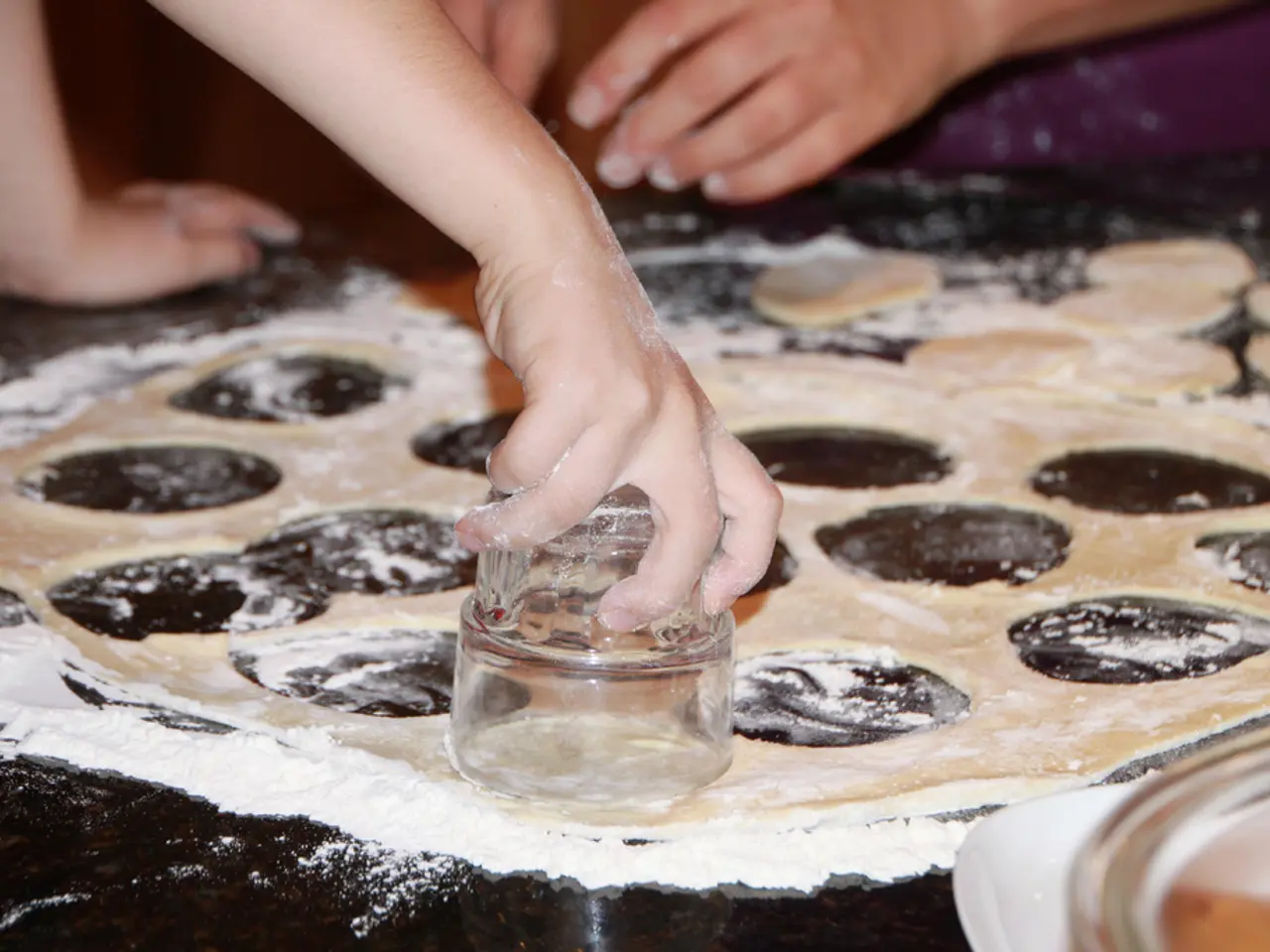Techniques for Multiplication of Orchids: Explore 4 Methods for Expanding Your Orchid Collection
Orchids, with their captivating beauty and diverse range, are a popular choice for plant enthusiasts worldwide. However, growing these exotic plants can be a challenge due to their specific propagation requirements. In this article, we'll explore the different types of orchids and their growth habits, as well as the methods for propagating them.
Types of Orchids and Their Growth Habit
Orchids can be broadly classified into two main growth types: monopodial and sympodial orchids. Understanding these growth types is crucial for successful propagation and care.
Monopodial Orchids
Monopodial orchids grow upward from a single main stem or axis. Their leaves grow from the top of the stem, and roots often emerge from the lower portion of the stem. Classic examples include Phalaenopsis (moth orchids) and Vanilla species.
Propagation of monopodial orchids is primarily done by producing keikis (plantlets) that form at the base or along the stem. Once these keikis have matured and developed sufficient roots, they can be separated and potted [4][2].
Sympodial Orchids
Sympodial orchids grow laterally, producing a rhizome with pseudobulbs that emerge sequentially. Each pseudobulb can produce roots and flower spikes. Common examples include Cattleya, Cymbidium, Dendrobium, and Oncidium.
Pseudobulbs function as water and nutrient storage organs. Propagation of sympodial orchids is done by division of the rhizome or separating pseudobulbs. Sympodial orchids also produce keikis, but usually along the cane rather than the base [2][4].
Additional Orchid Types
- Chinese Orchids (Guo Lan): A cultural group encompassing seven main types with specific traits and flowering seasons.
- Large Species Example: Grammatophyllum speciosum, known as the giant or queen of orchids, grows sympodially and can reach great heights up to 7.62 meters.
- Vanilla Orchids: Part of the monopodial type and propagated vegetatively; species listing shows the diversity but they share the monopodial growth form.
Propagation Methods
The method to obtain germination at home is called Asymbiotic germination, or flasking, where seeds are placed in a clear flask in a jelly-like agar substance [6].
Monopodial Orchids
To propagate monopodial orchids, keikis can be encouraged to form by cutting a spent stem and moving the plant to a slightly dimmer location [7]. Once the keikis have matured, they can be separated and potted up [4].
Sympodial Orchids
After extracting the seeds, fill the container with 3% hydrogen peroxide, cover, and shake to coat all the seeds. Eventually, young orchids can be repotted in containers filled with orchid potting mix, but avoid doing this until the seedlings are large enough to be handled, and wash off the agar jelly using distilled water before potting up [1].
Notes on Propagation
- Monopodial orchids produce keikis mostly at the base, which can be rooted separately once they have sufficient roots.
- Sympodial orchids produce keikis or can be propagated by carefully dividing the connected pseudobulbs.
- Repotting sympodial orchids may require more care due to their rhizome and pseudobulb structure; monopodial orchids are generally repotted by carefully working around their single stem [2][4].
Keikis look like a flower spike initially but will soon form leaves and aerial roots. Some gardeners successfully propagate sympodial orchids through stem cuttings [5].
Before harvesting seeds from the orchid pot, place the pods in a container with a bit of bleach and let sit for 15-20 minutes [8].
This growth habit distinction is central to orchid propagation and care practices. Recognizing whether your orchid is monopodial or sympodial helps determine how best to propagate and handle the plant.
[1] After extracting the seeds, fill the container with 3% hydrogen peroxide, cover, and shake to coat all the seeds. [2] Pseudobulbs hold water and nutrients and can become new plants through division. [3] Eventually, young orchids can be repotted in containers filled with orchid potting mix, but avoid doing this until the seedlings are large enough to be handled, and wash off the agar jelly using distilled water before potting up. [4] Sympodial orchids produce keikis but usually along the cane rather than the base. [5] Some gardeners have successfully grown Vanda and Phalaenopsis orchids from cuttings, but the method is controversial and requires placing the stems horizontally into a moistened tray of sphagnum moss, covering it with a plastic bag or film, and providing bright, indirect sun and plenty of humidity. [6] The method to obtain germination at home is called Asymbiotic germination, or flasking, where seeds are placed in a clear flask in a jelly-like agar substance. [7] Keikis, or baby plants of certain orchids like Dendrobium, Phalaenopsis, Oncidium, and Epidendrum, can be encouraged to form by cutting a spent stem and moving the plant to a slightly dimmer location. [8] Before harvesting pseudobulbs from an orchid, don't do so unless the plant is mature and healthy.
- Keikis, such as those found on monopodial orchids like Phalaenopsis and Vanilla species, can be encouraged to form by cutting a spent stem and moving the plant to a slightly dimmer location. Once matured, these keikis can be separated and potted.
- Sympodial orchids, like Cattleya, Cymbidium, Dendrobium, and Oncidium, produce keikis along their cane. Propagation can be done by dividing the rhizome or pseudobulbs, or carefully growing from stem cuttings.




